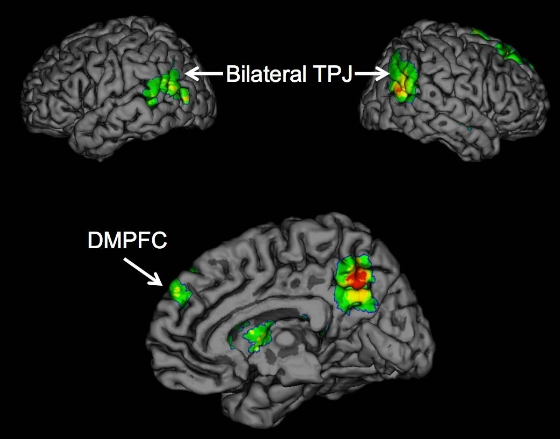How do ideas spread? What messages will go viral on social media, and can this be predicted?
UCLA psychologists have taken a significant step toward answering these questions, identifying for the first time the brain regionsassociated with the successful spread of ideas, often called “buzz.”
The research has a broad range of implications, the study authors say, and could lead to more effective public health campaigns, more persuasive advertisements and better ways for teachers to communicate with students.
“Our study suggests that people are regularly attuned to how the things they’re seeing will be useful and interesting, not just to themselves but to other people,” said the study’s senior author, Matthew Lieberman, a UCLA professor of psychology and of psychiatry and biobehavioral sciences and author of the forthcoming book “Social: Why Our Brains Are Wired to Connect.”
We always seem to be on the lookout for who else will find this helpful, amusing or interesting, and our brain data are showing evidence of that. At the first encounter with information, people are already using the brain network involved in thinking about how this can be interesting to other people. We’re wired to want to share information with other people. I think that is a profound statement about the social nature of our minds.
